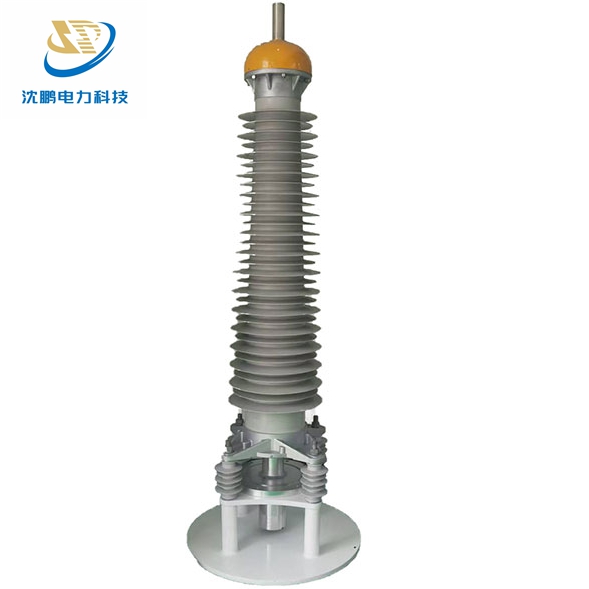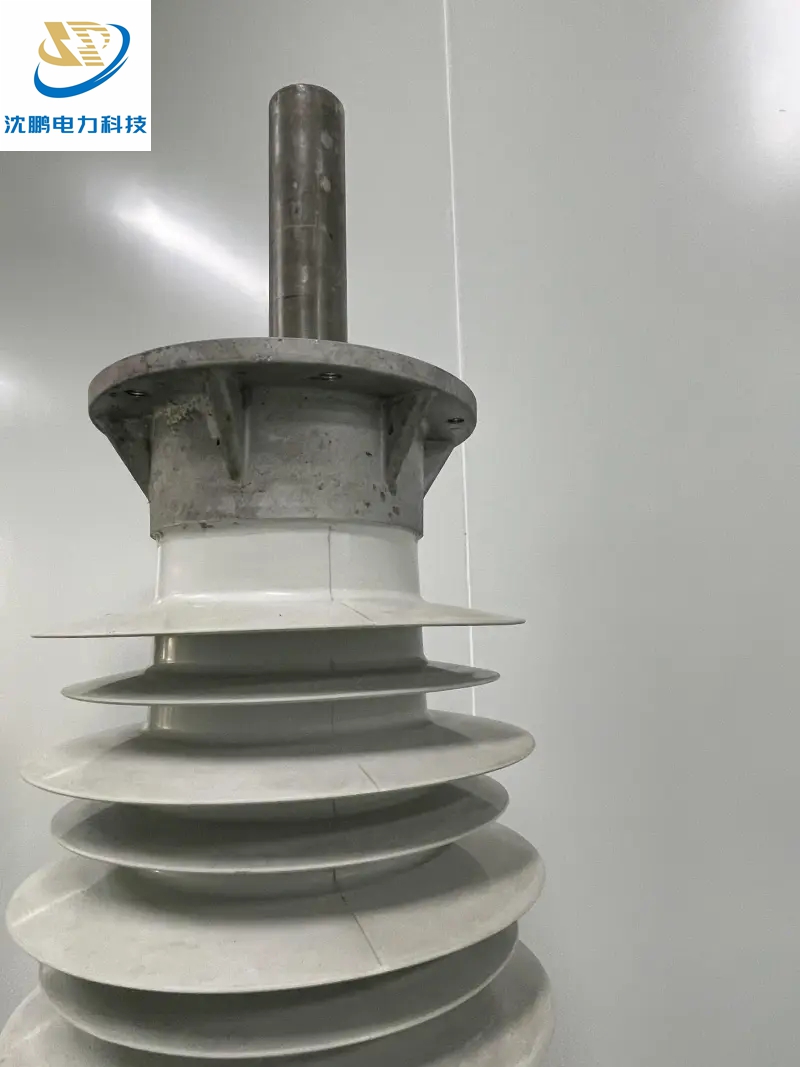
Composite Insulator Terminals: The Modern Guardian of High-Voltage Cable Systems
2025-10-11 14:07In the world of high-voltage power transmission, the cable termination serves as a critical interface, where the insulated cable meets the open air or connects to substation equipment. Among various types, the composite insulator terminal has emerged as a technologically advanced solution, gradually replacing traditional porcelain counterparts in many applications.

What is a Composite Insulator Terminal?
A composite insulator terminal features a core structure comprising a fiberglass-reinforced epoxy resin (FRP) tube, which provides exceptional mechanical strength, surrounded by integrally molded silicone rubber sheds. This construction is housed within corrosion-resistant alloy fittings at both ends. Unlike conventional terminals, its design incorporates a pre-molded silicone rubber stress cone for precise electrical field control, with the space between the stress cone and the inner wall of the composite sheath filled with insulating oil to enhance dielectric performance.

Key Advantages Over Traditional Designs
Lightweight & Superior Safety: Weighing significantly less than porcelain insulators, composite terminals ease handling and reduce structural load. Their shatterproof nature eliminates the risk of explosive failure, enhancing personnel safety.
Exceptional Weathering Performance: The silicone rubber sheds exhibit outstanding hydrophobicity (water-repellence), which is maintained even after prolonged exposure. This property minimizes leakage current, prevents flashover under polluted or humid conditions, and offers excellent resistance to UV radiation and temperature extremes (-40°C to +50°C).
Easier Installation & Maintenance: Designed for simplicity, many composite terminals are "dry-type" and can be installed without special tools or complex oil-processing equipment. Their sealed, maintenance-free design ensures long-term reliability.
Where is it Used?
These terminals are ideally suited for 66kV to 220kV cable systems in demanding environments such as coastal areas with salt fog, industrial zones with high pollution, and regions prone to seismic activity. They are widely used for connecting underground cables to overhead lines or within substations, providing a dependable and durable link in the modern electrical grid.
By combining mechanical robustness with superior electrical performance and ease of installation, the composite insulator terminal represents a significant step forward in ensuring the safety, reliability, and efficiency of high-voltage power networks.
